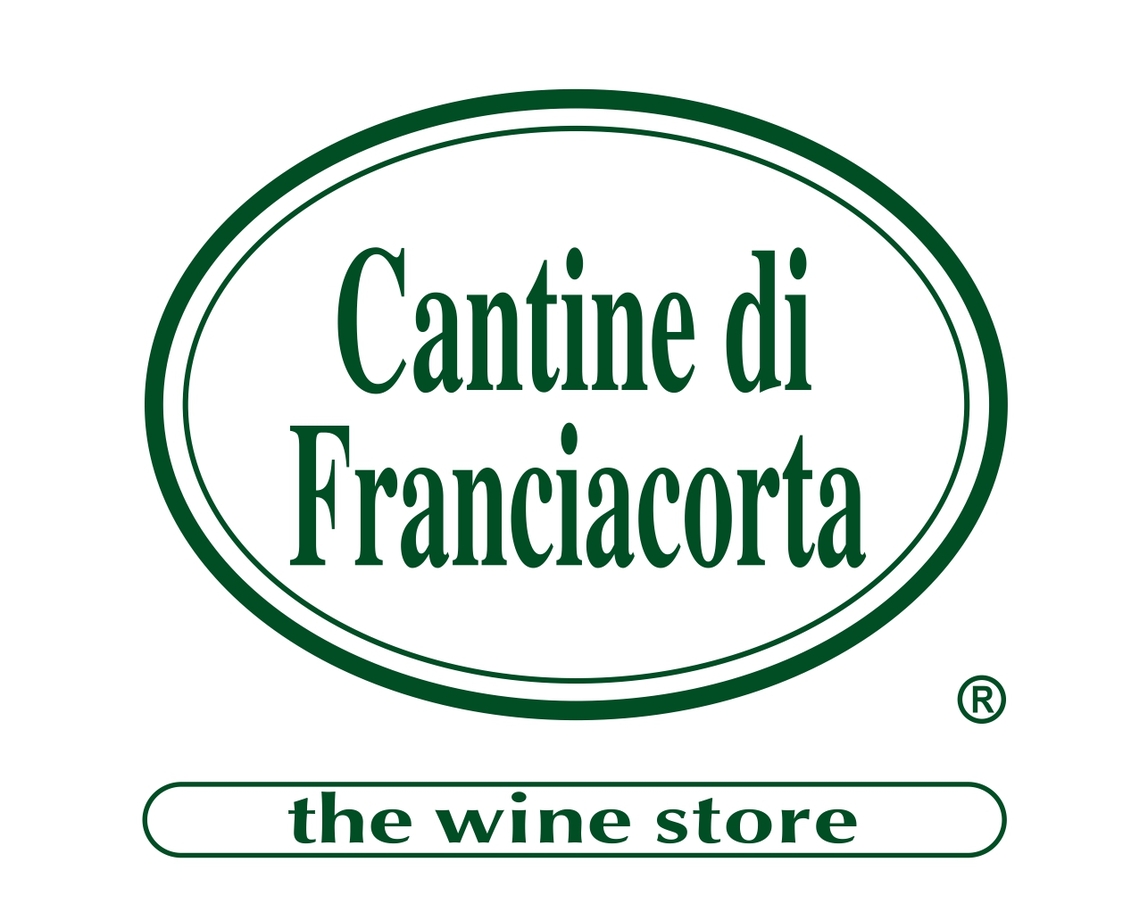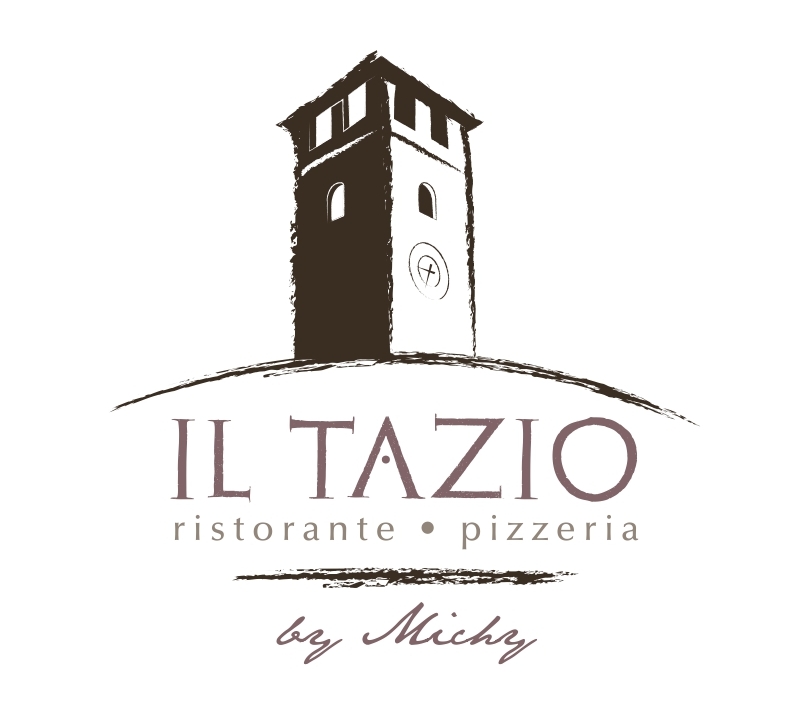Church of San Lorenzo in Fraine
The church of Fraine, the most distant and elevated of the Pisogne districts, stands at the apex of the village, alongside the ancient main road that led from Brescia to Val Camonica (Camonica Valley).
The current building, which highlights the canonical orientation, replaces two previous structures, one dating back to at least 1382, the other built in 1481, when the church took on its parish title. The second building was partially preserved in the 18th Century restoration works which began in 1749 according to the design of the architect Luca Lucchini.
The façade features two orders, and is surmounted by a strongly protruding triangular pediment, like the string course dividing the orders themselves, and punctuated by wide pilasters with ionic capitals (upper band) and doric capitals (lower band); these respectively frame a wide rectangular window and the elegant Botticino marble portal, adorned with pleasant decorative solutions, such as the two mixtilinear quatrefoil cartouches that interrupt the jambs halfway along with the shell valve that ends the pediment with a lowered arch. The leafs of the wooden door are also finely carved (18th Century).
The white plaster and wood painted statues in the four niches are by different artists and eras: if San Sebastian recalls a 17th Century style, and St. Julia a 19th Century style, the most interesting are those in the upper band: St. Paul and St. Peter (although the latter would seem unfinished or built later on), which were commissioned to Beniamino Simoni, known for the Way of the Cross of Cerveno and author of other statues in white plaster in niches on the side walls inside the church and the elaborate plaster profiles (St. John the Baptist, St. Dominic, St. Joseph, St. Antonyh of Padua). The bell tower was built in the 18th Century.
The interior, with its large windows, a single nave and two side chapels, is characterized by a unified decoration of wall paintings, plaster work by the Masters of Como and “rococo” style statues, making it one of the most interesting examples of figurative culture shortly after the mid-18th Century in the Sebino area. Of particular note is the presence of one of the more “international” artists of the Italian 18th Century, Carlo Innocenzo Carloni. Born in Val d’Intelvi (Intelvi valley) but with apprenticeships in the Lombardy and Veneto regions, he worked at the major European courts, before working for a long time in Brescia and its neighbourhood in his later years. He, along with his aids, is responsible for the frescoes in plaster mixtilinear frames, with St. Lawrence and Pope Sixtus led to martyrdom and St. Lawrence subject to judgement, those of the sanctuary: Glory of St. Lawrence in the dome, the Evangelists in the squinches, Christ in the vegetable garden in the lunette (all date approx 1758). One of his especially lovely, and lively and striking coloured works is the Adoration of the Magi (1758) on shaped canvas on the inside façade.
The intervention of Carloni in the Fraine parish church is completed with other paintings on canvas: The Souls in Purgatory, of intangible material such as smoke and inserted within a wonderful 18th Century wooden frame, a second altarpiece (The Madonna and Child and Saints Charles Borromeo, Francis Xavier and Andrew Avellino), and the Last Supper, positioned respectively in the first chapel on the right, the first on the left and on the southern side of the sanctuary. Some adornments were definitely recovered from the pre-existing church: for example the magnificent painting of the high altar, the Martyrdom of St. Lawrence, which features a Titian model with powerfully expressive manners. The artist is yet to be identified, but it is almost certainly a painter from Brescia very active in the last quarter of the 16th Century, updated on the contemporary figurative culture of Rome and Venice.
In the sanctuary, the two attractive oval shaped 18th Century paintings, presented in precious carved frames with motifs of acanthus leaves, are rightly attributed to Angelo Paglia, son of the famous artist from Brescia, Francesco Paglia.
As for the wooden furniture in the church, the seat for the celebrants (18th Century) and the wooden choir (early 19th Century) in the sanctuary are of marked interest. There are also some outstanding stone altars: the most ancient, a marble inlay, is dedicated to the Crucifix; there are two more dating back to the late 18th Century, very similar to each other in the elevation and respectively entitled to the Saints Charles and Francis Xavier and Our Lady of the Rosary. But amongst these there are modest works such as the statues of the Virgin and the Mysteries, by different artists of dissimilar quality.
Fiorella Frisoni
For more information:
BERTOLINI A., PANAZZA G., Arte in Valcamonica. Monumenti ed opere, vol. III, parte II, Brescia, 1994, pp. 437-481;
COLOMBO S. A., COPPA S., I Carloni di Scaria, Lugano 1997, pp. 229, 244;
FRISONI F., La grande decorazione settecentesca. Cantieri, pittori, committenti, in Storia dell’arte? Percorsi tra Brescia e la Valle Camonica, a cura di S. Marazzani, Brescia 2013, pp. 15-30.














